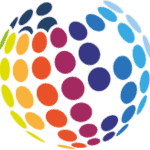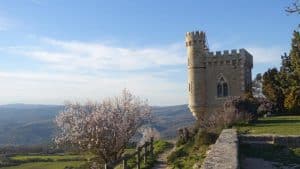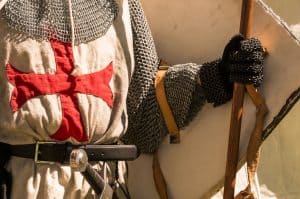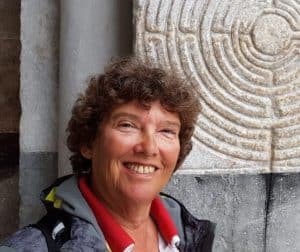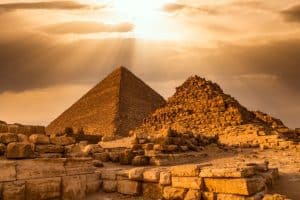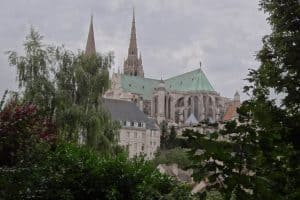As to how the shroud of Turin was made, scholars still disagree. In this post, I examine 5 theories, but none is completely watertight.
The first three theories suggest that the shroud was made by an artist. The 4th technique involves a chemical reaction of the body to pain. The last theory has to do with a flash of light, which some scholars believe occurred during the Resurrection.
In 1981 scholars concluded that the Shroud of Turin’s origins were beyond the understanding of science. But a team of experts carbon-dated the Shroud in 1988 and discovered that the cloth was produced between 1260 and 1390 – more than a thousand years after Jesus is believed to have died.
In his film Who Can He Be (trailer below), David Rolfe came with various reasons why the disputed C-14 test result should not be accepted. He showcases some of the outstanding scientific studies that has led many to conclude that this precious linen was actually Jesus Christ’s burial shroud.
1. Medieval photographic technique
Nicholas Allen, an art historian, says the image on the shroud was created using a photographic method in the 1300s. Allen says those techniques predate the 14th century, as described in the Book of Optics, which was translated from Arabic to Latin during that period. This idea was used in a book by Lynn Picknett, who proposed that the shroud was made by Leonardo da Vinci.
2. Dust-transfer method
Scientists Emily Craig and Randall Bresee attempted to use the dust-transfer method to make copies of the shroud. First, they used charcoal to draw a face that looked like Jesus. The used newsprint because this resembles paper from the 13th and 14th centuries. Then they placed the drawing on a table and laid a piece of linen over it. Then they rubbed the linen hard against the newspaper with the flat side of a wooden spoon. This allowed them to make a reddish-brown drawing that resembled a real person. It looked 3-dimensional, too, and there was no sign of brush strokes. But on a microscopic level is missed the special features of the shroud.
3. Bas relief
As briefly mentioned above, Jacques di Costanzo thought the statue was made with a real three-dimensional object, such as a sculpture. However, if you put a canvas over a life-size statue, the image is distorted. If you put a cloth over a bas-relief, the image looks like the one on the shroud. Costanzo built a bas-relief of a face that looked like Jesus and draped wet linen over it to show that his theory was correct. After the linen was dry, he put a mixture of iron oxide and gelatin over it. The result was an image that resembled the shroud.
This method was used by Luigi Garlaschelli in the video below.
4. Maillard reaction
The Maillard reaction (also called non-enzymatic browning) is the collective term for a complex series of chemical reactions that occur between reducing sugars and amino acids (for example, in proteins), whether or not under the influence of heat. This theory was used in the book The Second Messiah by Christopher Knight and Robert Lomas, in which they argue that the image on the shroud is that of Jacques de Molay, the last leader of the Knights Templar. Jacques de Molay was severely tortured before his burning.

5. A Flash of Energy
The flash of energy hypothesis has been supported by J. Jackson, G. Fanti, T. Trenn, T. Phillips, J.-B. Rinaudo, and other researchers since 1930. It was suggested that the relatively high definition of image details could come from a protonic energy source. Alexander Belyakov, a scientist from Russia, came up with an idea of a flash of light that was bright and lasted only a few hundredths of a second. It might have occurred at the moment of Resurrection.
